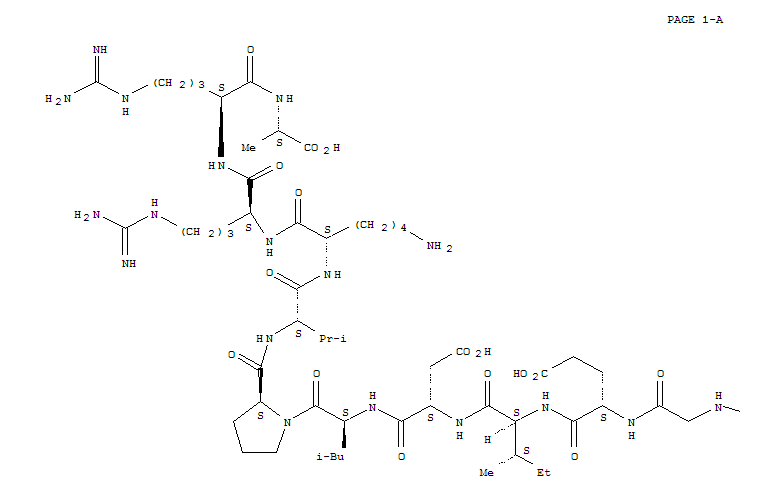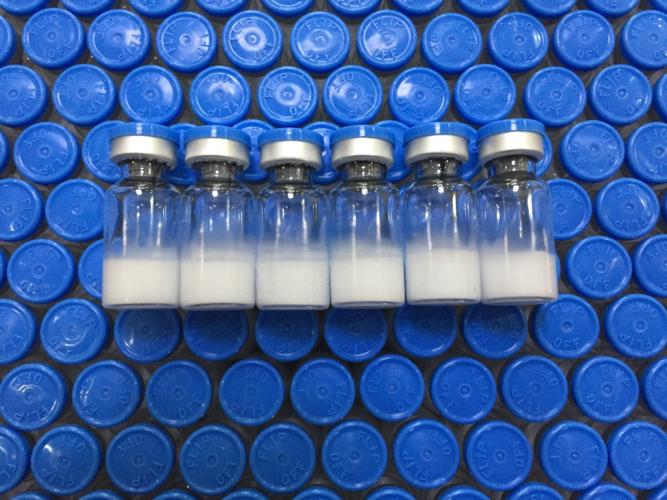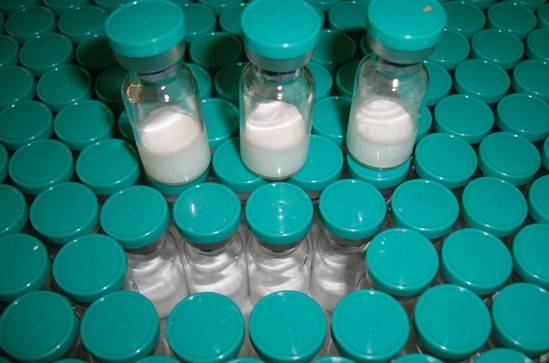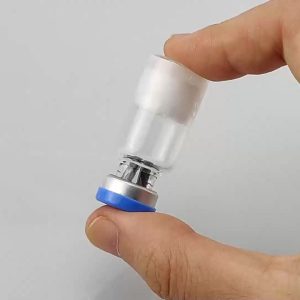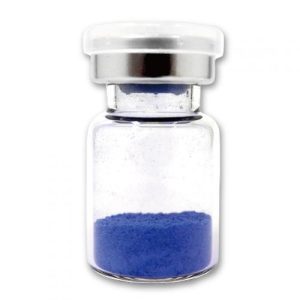Humanin peptide was the first mitochondria-derived peptide to be discovered. It was independently found by three different labs looking at different parameters. The first to publish, in 2001, was the Nishimoto lab, which found humanin while looking for possible proteins that could protect cells from amyloid beta, a major component of Alzheimer’s disease. The Reed lab found It when screening for proteins that could interact with Bcl-2-associated X protein (Bax), a major protein involved in apoptosis. The Pinchas Cohen lab independently discovered humanin when screening for proteins that interact with IGFBP3.
Humanin peptide benefits
Experiments using cultured cells have demonstrated that humanin has both neuroprotective as well as cytoprotective effects and experiments in rodents have found that it has protective effects in Alzheimer’s disease models, Huntington’s disease models and stroke models.
It is proposed to have myriad neuroprotective and cytoprotective effects. Both studies in cells and rodents have both found that administration of hum or It derivatives increases survival and/or physiological parameters in Alzheimer’s disease models. In addition to Alzheimer’s disease, It has other neuroprotective effects against models of Huntington’s disease, prion disease, and stroke.
Beyond the possible neuroprotective effects, humanin protects against oxidative stress, atherosclerotic plaque formation, and heart attack. Hum activates chaperone-mediated autophagy in a dose-dependent manner. Humanin decreases production of inflammatory cytokines, which is part of its anti-apoptotic effect. Metabolic effects have also been demonstrated and It helps improve survival of pancreatic beta-cells, which may help with type 1 diabetes, and increases insulin sensitivity, which may help with type 2 diabetes. In rats, the hum analog appears to normalize glucose levels and reduce diabetes symptoms.
More Introduction:https://en.wikipedia.org/wiki/Humanin
